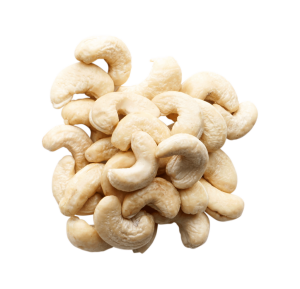The study investigated the influence of atmospheric plasma processing on cashew nut composition as well as on its allergenicity. The cashew nuts were processed by low-pressure plasma, using glow discharge plasma (80 W and 50 kHz power supply). Anacardic acids and allergens were quantified by HPLC and immunoassay, respectively. Additionally, the overall composition was evaluated by 1H qNMR. Increases in amounts of anacardic acids (15:1, 15:2, and 15:3) and fatty acids (oleic, linoleic, palmitic and stearic) were detected after all process conditions, with 70.92% of total variance captured using 2 LVs. The total amount of anacardic acids increased from 0.7 to 1.2 μg·mg-1 of nut. The major change was observed for anacardic acid (C15:3) with an increase from 0.2 to 0.55 μg/mg of nut for the samples treated with a flow of 10 mL·min-1 and 30 min of processing. On the other hand, the amount of sucrose decreased, from 33 to 18 mg·g-1 of nut, after all processing conditions. Plasma processing of cashew nuts did not affect binding of either the rabbit anti-cashew or human cashew allergic IgE binding. Among the treatments, 10 min of plasma processing at flow rate of 30 mL·min-1 of synthetic air followed by 20 min at flow rate 5.8 mL·min-1 had the least effect on nut composition as a whole.
